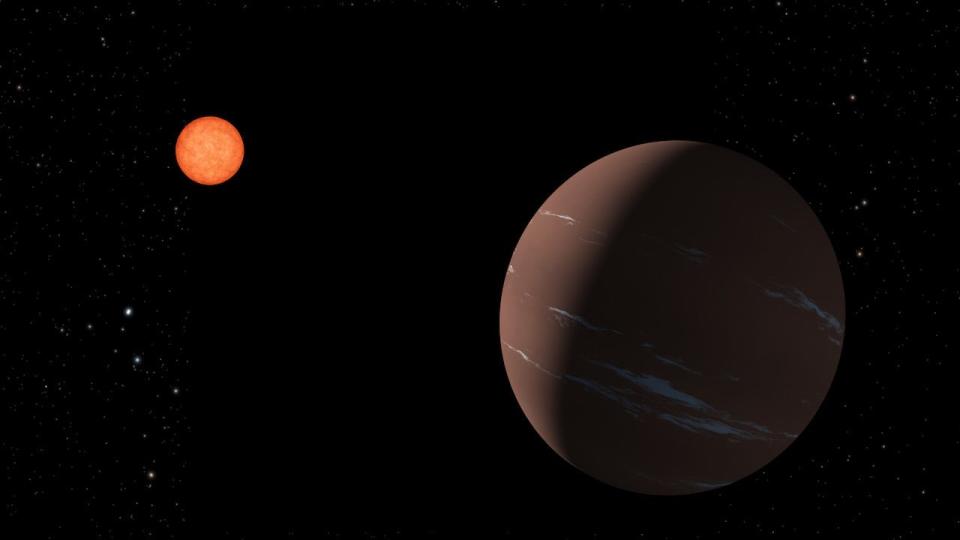Could a nearby 'super Earth' have conditions to support life? Astronomers hope to find out
The discovery of a nearby "super Earth" has astronomers raring to learn more about the large planet – particularly whether it has the conditions to support life.
Observed orbiting a small, reddish star just 137 light-years away from Earth, the planet is located in what scientists call the habitable zone, an area of the cosmos where planets have the potential to harbor water. The planet dubbed TOI-715 b, which is about 1? times as wide as Earth, is just the latest exoplanet astronomers have observed and theorized could support life.
The same system where an international team of scientists observed the planet also might harbor a second, Earth-sized planet, NASA said in a news release. If this theoretical second planet in the system is confirmed, it would become the smallest habitable-zone planet discovered by TESS, NASA's exoplanet-detecting satellite.
Georgina Dransfield, an astronomer at the University of Birmingham in the United Kingdom, led the team of scientists, who used an array of facilities housing powerful space telescopes to make their findings, which were published in January in the academic journal Monthly Notices of the Royal Astronomical Society.

New Webb photos: See 'mind-blowing' NASA images of spiral galaxies
What is the habitable zone?
Star-orbiting exoplanets beyond our solar system have the potential to support life if they are located in the habitable zone.
In this region, water could remain in liquid form and pool on the planet's surface, providing a key ingredient for life to flourish.
But sustaining life is a finicky, temperamental business. In a nod to the classic fairy tale, astronomers even refer to habitable zones as "Goldilocks’ zones" because conditions have to be just right – neither too hot nor too cold – for life.
The Milky Way galaxy is likely teeming with trillions of planets outside our solar system, only thousands of which astronomers have been able to observe. Though many of these exoplanets are similar to our own, no evidence has yet been found of life beyond Earth, NASA says.
In the case of the newly-discovered super Earth, astronomers believe several other factors, including a suitable atmosphere, would need to be present for water to exist on its surface. For instance, the planet would need to be the right distance from the star it orbits to have the correct temperature for liquid water to form.
What do we know about this 'super Earth?'
Telescope arrays on the ground and instruments traveling through space are only just beginning to give astronomers a full understanding of exoplanets that exist beyond Earth's solar system.
Just last week, NASA unveiled images captured by its spaceborne James Webb Space Telescope of spiral galaxies brimming with stars and even supermassive black holes.
The technology is not simply designed to detect these distant worlds but to also reveal the characteristics of their atmospheres that could offer clues about the presence of life. Occasionally, astronomers are even able to learn more about previously discovered planets, such as one discovered in 2015 that was only recently found to be a possible life-supporting ocean world.
NASA said that planets such as the recently discovered TOI-715 b represent humanity's best bet of finding habitable planets.
Because it orbits so close to its parent red dwarf star – which is smaller and cooler than our sun – a year on the strange world is equal to 19 Earth days, NASA said. That rapid orbit makes it easier for astronomers to detect and more frequently observe such planets as compared to Earth, which of course takes 365 days between transits.
Astronomers hope to use the Webb telescope to make further observations about the super Earth to determine whether life could – or even does – exist upon its surface.
Eric Lagatta covers breaking and trending news for USA TODAY. Reach him at [email protected]
This article originally appeared on USA TODAY: 'Super Earth': Exoplanet TOI-715 b discovered in habitable zone
Solve the daily Crossword

